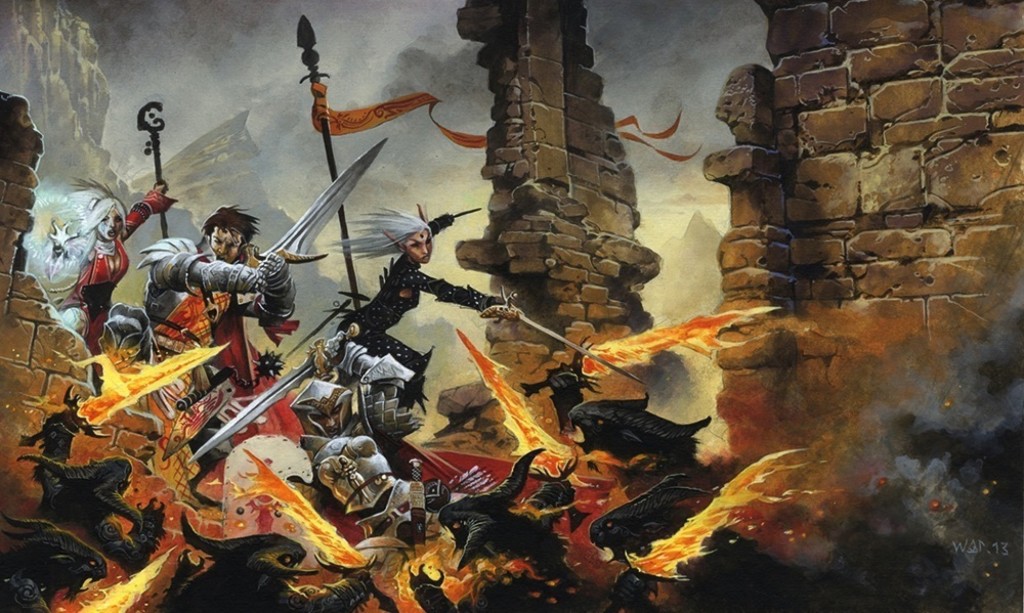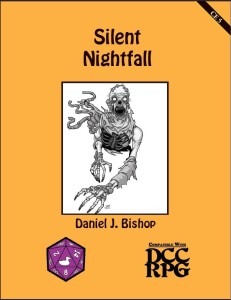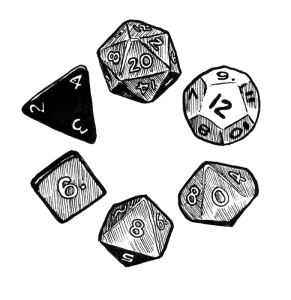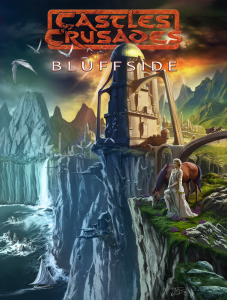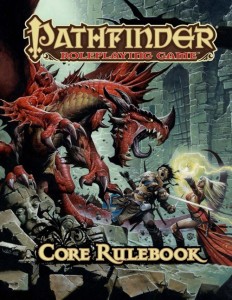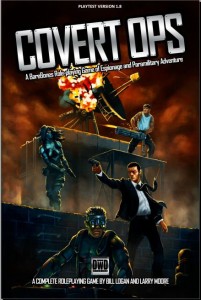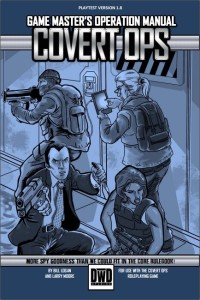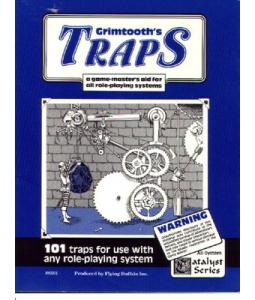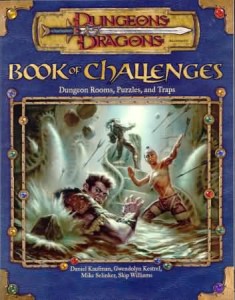Conditions in a game can play as big or as small a role as you would like as a GM. It is pretty rare in a fantasy game that some kind of exotic creature does not have some way to cause an issue to the character they target. Conditions can be great equalizers to power players and awesome factors for players that want to puzzle their way around things.
A quick proviso: We all know I am a Pathfinder player for my fantasy largely, so I am going to describe the conditions here that are pertinent to a Pathfinder game. It is likely that your own game system has rules covering these same things but if I do slip and talk about statistical effects I am coming from a Pathfinder perspective.
Have a two-handed weapon specialist who sneers at the rogue every time they drag out a short sword or a dagger? Well do I have the condition for you! Swallowed whole. Hit them with a big creature that has a penchant for not chewing its food. Have the character slip down the gullet of the creature. Inside the gullet of a creature it is much easier to harm BUT the character can only attack with a light one handed weapon. Seleca, the Cavalier in one of my games, is the two handed specialist and she has recently just scored level 18. She is capable of cutting a twentieth level fighter down with over 300 hp in one round. She has just taken to carrying a dagger as she has now been swallowed around seven times and been able to do absolutely nothing until her companions cut her out.
A condition that hampers nearly every type of character is the blinded condition. In Pathfinder Blindness/Deafness is a second level spell and is a permanent effect! While running the Reign of Winter adventure path for Pathfinder I have blinded a Paladin twice in the campaign. The first time this occurred he remained blind for about four sessions and the condition really hampered his ability to be effective. The second time lasted only a single combat (in which he hilariously got eaten by an oven) but it caused a big drama as he struggled to be effective against the witch that had caused the blindness. This condition also seriously hampers a magician. A magician that cannot see is severely hampered in creating lines of effect for spells or using a lot of the spells in their repertoire.
Continuing on with the spell caster perspective you also could use deafness. Deafness causes any spell with a verbal component a chance of failure as although the magician can think of the correct words the brain cannot tell if the mouth is verbalizing them correctly. Tonal information is important to the casting of spells and this feedback to the brain is important to ensure the tone and pitch is correct in the delivery.
Creatures that can cause confusion or stunning effects are also good to have. If they can cause these conditions for multiple rounds it can turn a powerful enemy into their own worst nightmare! Confusion gives the player a random chance of what they are going to do for the round. There are four different options in Pathfinder. They can continue as normal, babble incoherently, attack themselves or attack the nearest living creature, regardless of who it is! As you can see, two of these outcome (50% of the time) the player will likely be doing awful things to themselves or possibly their companions! Stun on the other hand is effective against characters that get a lot of attacks per round with a weapon. It causes the player to drop anything that is held. That means to become effective again the player needs to pick up the weapon (which draws an attack of opportunity) or draw a new less preferred weapon (no AoO) before they can be effective again. The player is also unable to act for a round which means the creature can attack for that round. It is likely confusion will last multiple rounds while stunning is very rarely any more than one round.
Just a quick post today. Use your creatures wisely to inflict interesting conditions. There are far more conditions that exist in the game than what I have listed here, but the ones above are always a good place to start. The players will remember these combats for the way they overcame them regardless of the ‘x’ condition they were carrying. it makes for more interesting combats and more heroic actions from the players. Keep rolling!
Mark Knights is 39 year old guy living in a small rural town called Elliott in Tasmania, Australia. I have been role playing since I was 11 years old playing the original versions of Dungeons and Dragons, MERP, Elric, Dragon Warriors and the like amongst other genre games. I played D&D 2nd Edition through the 90′s but I ran Earthdawn for my fantasy setting and loved it as a GM. When 3rd Edition came out for D&D I tried it but found it too heavy on rules. I ignored the 3.5 edition of DnD in favour of Earthdawn (big mistake) as I thought it was just a money spinner. When 4th Edition DnD came on my players and I gave it a red hot go but hated what it had dumbed the game down to be. On a trip to Melbourne to buy some 4E stuff from a hobby store an old mate of mine pointed me at Pathfinder and in a Fantasy setting I have never looked back.

